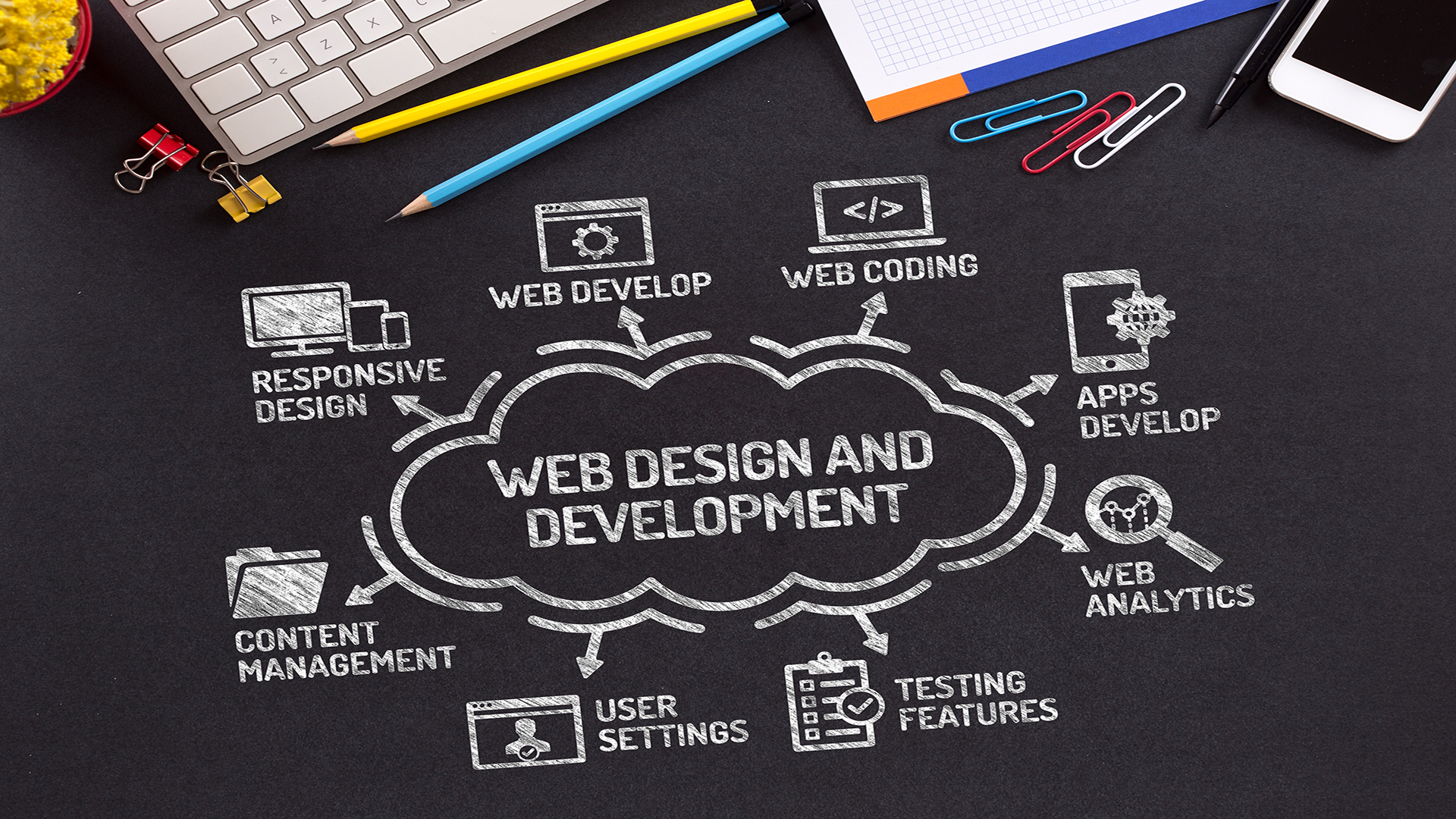




Web development involves the creation and maintenance of websites and web applications. It encompasses a variety of technologies, frameworks, and tools to design, develop, and deploy web-based solutions. Here's an overview of the key aspects of web development for a software company:
Frontend Development:
Client-Side Scripting:
Backend Development:
Database Integration:
API Development:
Authentication and Authorization:
Security Measures:
Content Management Systems (CMS):
Web Services and Integration:
Testing and Quality Assurance:
Deployment and Hosting:
Monitoring and Performance Optimization:
Version Control:
Documentation:
Identify and gather the requirements for the software
Translating the design into a functioning system.
Deploy the software to the production environment.

“ The completely synergize resource taxing relationships via premier niche markets. Professionally cultivate one-to-one customer service with robust ideas.